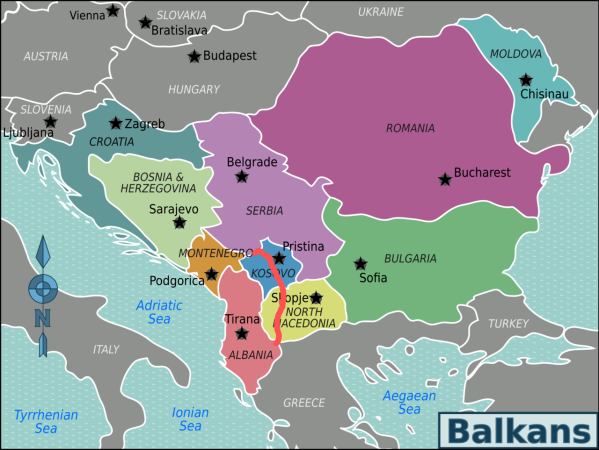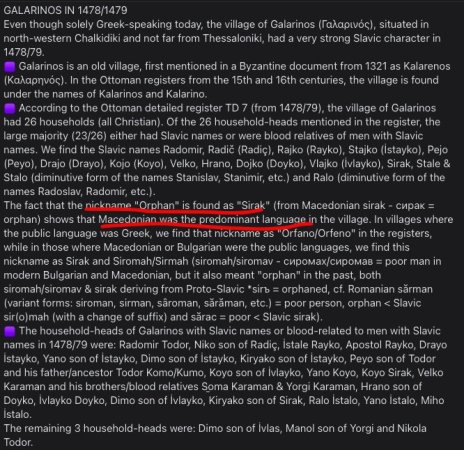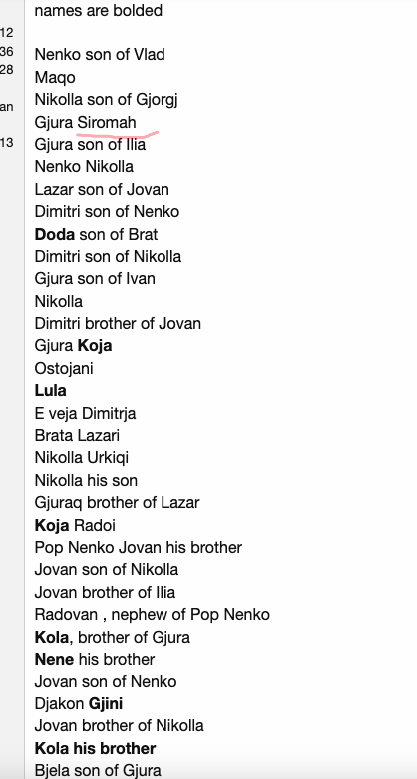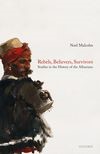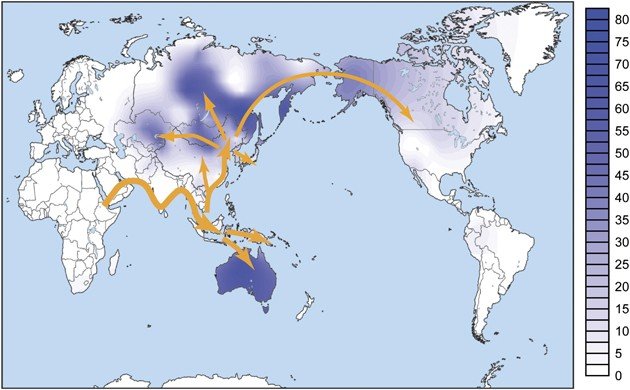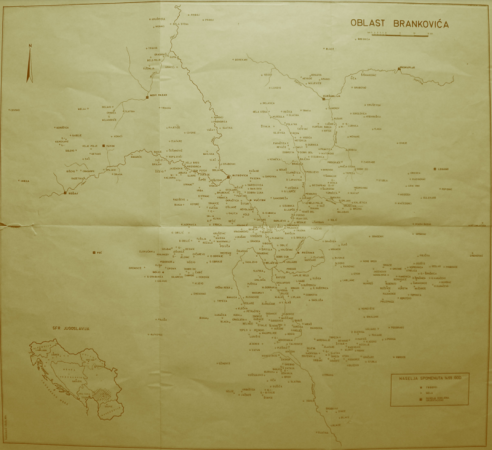TaktikatEMalet
Regular Member
- Messages
- 766
- Reaction score
- 128
- Points
- 43
- Y-DNA haplogroup
- i2a WHG
Completely opposite actually, the Albanian population in Kosovo/Dardania was far more numerous than in Macedonia which is also what these registers indicate , Albanians were also mentioned there by the Serbs and in the Morava Valley and in the towns and in the area of Prizren, Gjakova etc. There are also obvious arguments based on placenames, the Albanian population in Kosovo and in the Plains of Dukagjin, Has , Prizren etc preceded the Serbs. Albanians were mentioned there since Serb rule. The Ottoman registers give us a better look.
You have no evidence for the things you claim, they are nothing but theories you pulled out of your ass and you are known to be a guy that invents theories and your opinion is irrelevant and makes some of the things you claim impossible. However there was also an Albanian population in Macedonia. Battle of 1389; there are poems about the battle in Albanian which have been preserved, support was also from Albanians in Kosovo.
I am basing it on historical battles and claims, south west Macedonia was Albanian in 1300s, it was after ottoman conquest in the region that these Albanians would have fled to Albania -
"After the death of Stefan Dušan in 1355 and the collapse of the short-lived Serbian Empire, Andrea II regained control over parts of south-eastern modern-day Albania and significantly expanded the principality. In the late 1360's, Andrea II was engaged in a conflict over the southwestern provinces of Macedonia (including Kastoria) against Vukašin Mrnjavčević, the King of Serbia. Both rulers had claims to inherit these regions after the death of Simeon Uroš; Vukašin had claimed it as the co-ruler of Stefan Uroš V, whereas Andrea II claimed it on the grounds that the border between Albanian and Bulgaria lied at the Pelister mountain, specifically the Dobrida spring. Vukašin gathered an army and marched towards Muzaka's territory, prompting Andrea to gather an army of his own and confront the king at Pelister in 1369. The battle at Pelister ended with the victory of Andrea II, and Vukašin himself was taken prisoner. As a result of this battle, the Byzantine Emperor John V Palaiologos presented Andrea II with the imperial emblem, and granted him the title of "despot of Epirus".[9][10][11] In this occasion, Andrea II Muzaka adopted as his new coat of arms, the double-headed eagle under a star as a replacement for the traditional coat of arms of the Muzaka, which was a water spring that erupted from the ground and split in two."
Gjergj Kastrioti also had a couple of battles deep into Macedonia, here is one -
Battle of Mokra (1445) - Wikipedia
Skanderbeg's Macedonian campaign - Wikipedia
Last edited:


